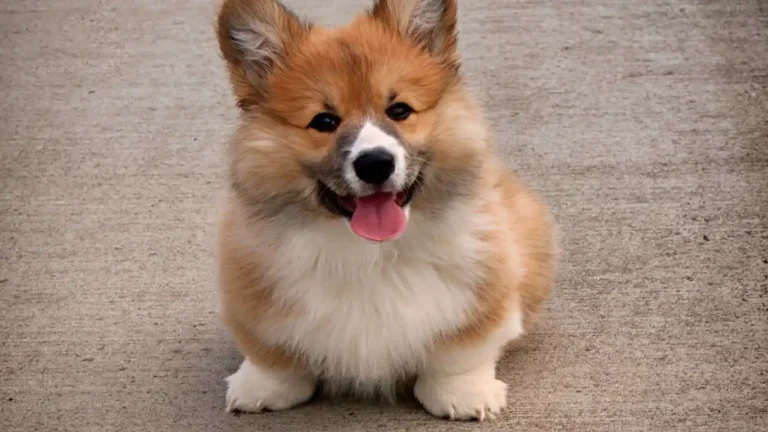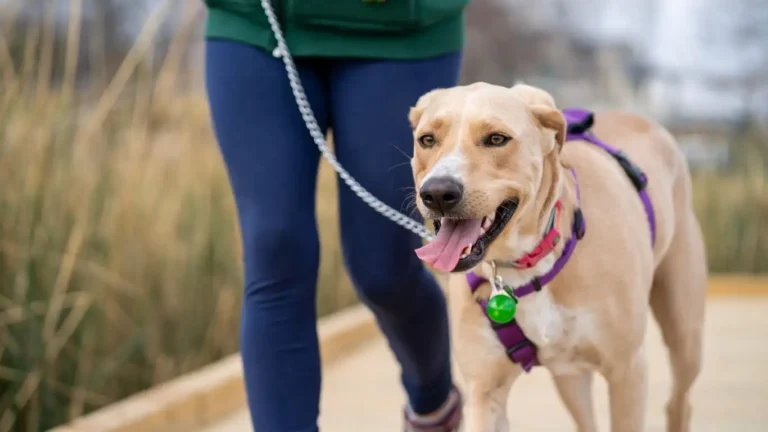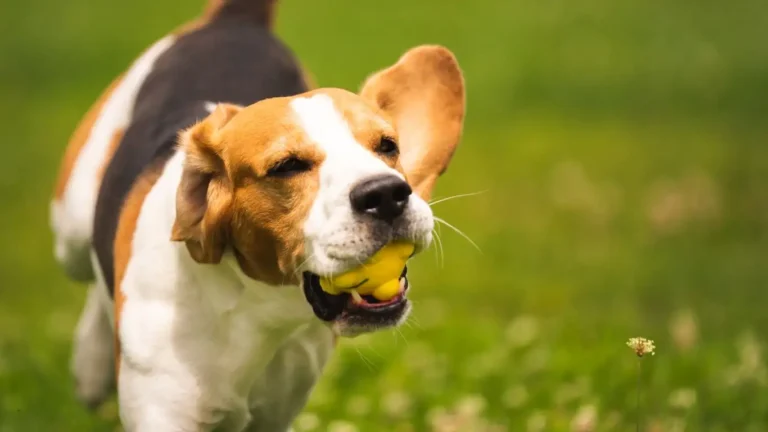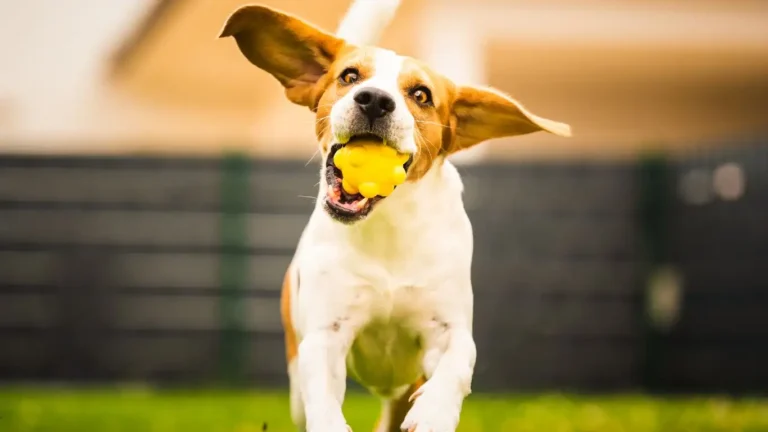Mastering Dog Training: How to Train a Dog to Follow Basic Commands Easily
Training a dog to follow basic commands is one of the most rewarding things you can do as a pet owner. Not only does it make life easier, but it also strengthens the bond between you and your furry friend. I’ve worked with countless dogs, from eager-to-please pups to stubborn canines who prefer doing things their own way. The good news? With patience, consistency, and the right techniques, any dog can learn. So, let’s dive into the essentials of dog training and get your pup on the path to obedience.
Why Basic Commands Matter
Before we jump into the training techniques, let’s talk about why basic commands are so crucial. Many people think obedience training is just about having a well-mannered dog, but it goes much deeper than that.
- Safety First: A well-trained dog is less likely to run into dangerous situations, like darting into traffic or eating something harmful.
- Stronger Bond: Training is a communication tool. The more your dog understands you, the closer your bond becomes.
- Less Stress: Trust me, life is much easier when your dog listens the first time instead of playing the “catch me if you can” game.
Understanding Your Dog’s Learning Style
Every dog is unique, and understanding how your pup learns can make a huge difference in training. Some dogs respond to food, others love toys, and some thrive on praise. In my experience, dogs fall into one (or a mix) of these three categories:
- Food-Motivated Dogs: If your dog’s eyes light up at the sight of a treat, use that to your advantage.
- Play-Motivated Dogs: Some dogs will do anything for a game of tug or fetch. Use their favorite toy as a reward.
- Affection-Motivated Dogs: Some pups just want to please their humans. Praise, belly rubs, and ear scratches can be powerful incentives.
Essential Training Tools You’ll Need
Before you start training, make sure you have the right tools. Trust me, having the proper gear makes the process smoother and more effective.
- High-Value Treats: Think small, soft, and irresistible. Something your dog doesn’t get every day.
- A Clicker: This isn’t mandatory, but clicker training can speed up learning by marking correct behaviors instantly.
- A Sturdy Leash: A 4-6 foot leash gives you enough control while allowing some movement.
- Patience (Lots of It!): Dogs don’t learn overnight. Consistency and repetition are key.
How to Train a Dog to Follow Basic Commands
Alright, let’s get to the good stuff. When I train a dog, I always start with the fundamentals—sit, stay, come, and down. These four commands lay the groundwork for more advanced training.
Teaching Your Dog to Sit
“Sit” is often the first command I teach because it’s simple and sets the tone for future training. Here’s how to do it:
- Hold a treat close to your dog’s nose.
- Slowly move your hand up, causing their head to follow while their bottom naturally lowers.
- Once they sit, say “Sit” and immediately give them the treat.
- Repeat this process a few times a day in short sessions.
Pro tip: If your dog keeps jumping up instead of sitting, try moving your hand slower. If that still doesn’t work, gently guide their bottom down while saying “Sit.”
Teaching Your Dog to Stay
“Stay” is a lifesaver in so many situations. I can’t count the number of times it’s helped me prevent a dog from running into trouble. Here’s how you can teach it:
- Ask your dog to sit.
- Hold up your hand like a stop sign and say “Stay.”
- Take one step back, then quickly return and reward them if they remain in place.
- Gradually increase the distance and duration before giving the reward.
Common mistake: If your dog keeps getting up, you’re probably moving too far too fast. Start small, and slowly build up.
Common Training Mistakes and How to Avoid Them
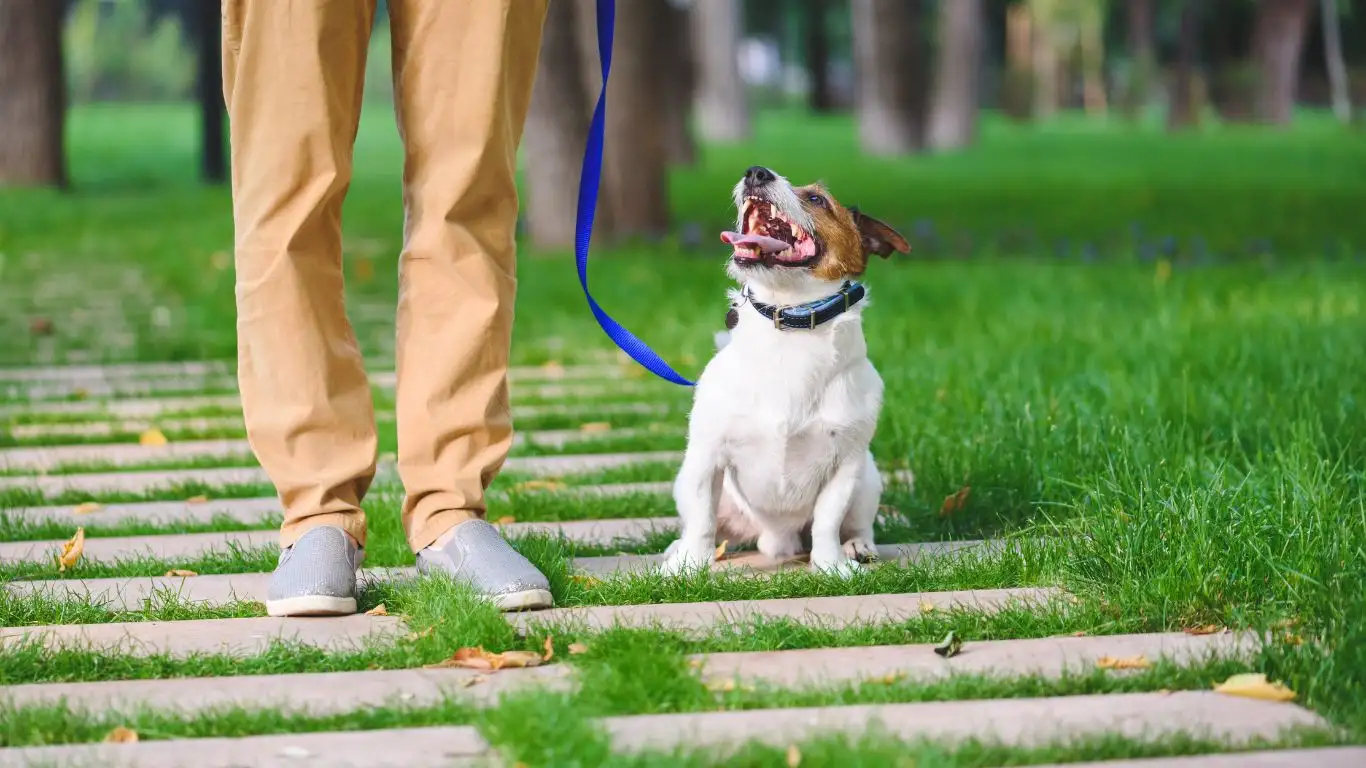
Even experienced dog owners slip up when training their pups. Here are some mistakes I see all the time—and how to fix them.
- Being Inconsistent: If you let your dog jump on the couch one day and scold them the next, they’ll get confused. Stick to the rules.
- Repeating Commands Too Much: If you say “Sit, sit, sit” multiple times, your dog learns that they can ignore you the first few times. Say it once, wait, and reinforce.
- Using Punishment Instead of Rewards: Dogs learn best through positive reinforcement. If they make a mistake, redirect rather than scold.
Next Steps in Training
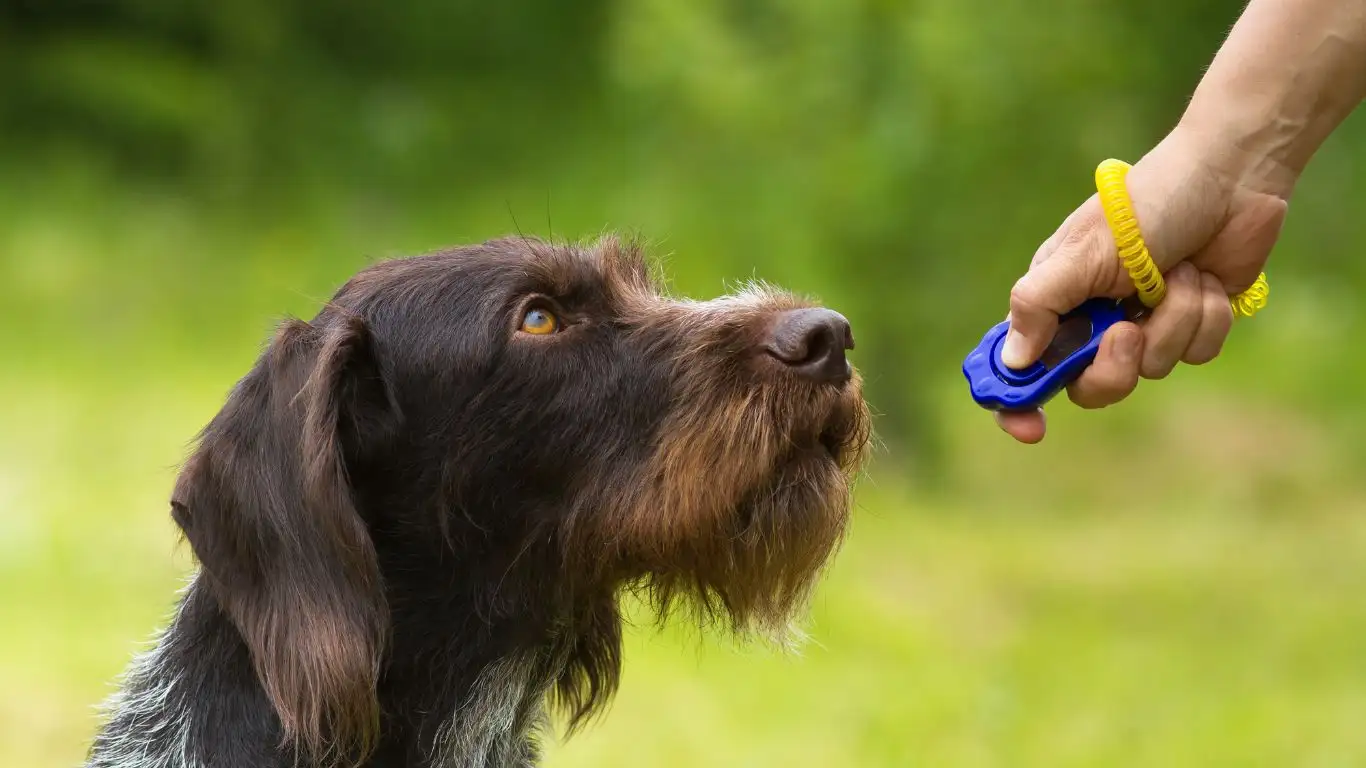
Once your pup masters these basics, you can start working on recall, leash training, and more advanced commands. The key is to keep training sessions short, fun, and engaging.
Mastering Recall: Teaching Your Dog to Come When Called

One of the most important skills your dog needs to learn is recall. It’s a game-changer when it comes to keeping your pup safe and giving them more freedom. I’ve worked with countless dogs who loved playing the “catch me if you can” game when off-leash—trust me, it’s not fun when you’re chasing after them in a park. That’s why a strong recall is non-negotiable.
How to Train Your Dog to Come When Called
Start indoors or in a quiet, enclosed area before progressing to more distracting environments.
- Use a happy, excited tone and say your dog’s name followed by “Come!”
- The moment they start moving toward you, reward them with a high-value treat.
- Gradually increase the distance and introduce mild distractions.
- Never punish your dog if they don’t come immediately—keep it positive!
Pro Tip: If your dog is ignoring you, don’t chase them. Instead, turn in the opposite direction and act excited. Most dogs will instinctively follow.
Leash Training: Making Walks Enjoyable
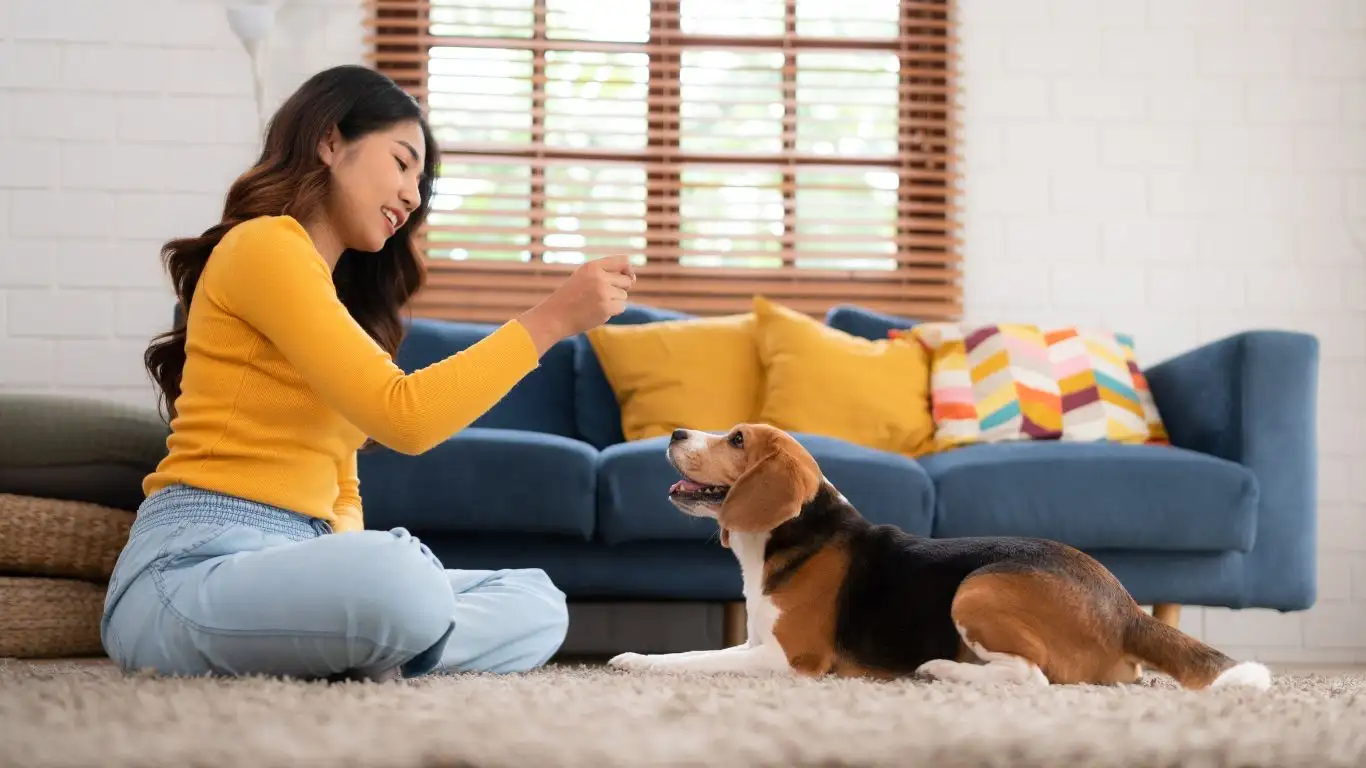
Does your dog pull like they’re training for a sled race? You’re not alone! Many dog owners struggle with leash manners, but the good news is that loose-leash walking is a teachable skill. I’ve helped both tiny terriers and giant Great Danes master this, and the key is patience and consistency.
Steps to Teach Loose-Leash Walking
Forget the idea that dogs are “born knowing” how to walk on a leash properly. It’s a skill they need to learn, just like sitting or staying.
- Start in a distraction-free area and hold the leash loosely.
- When your dog walks beside you without pulling, reward them with a treat.
- If they start pulling, stop walking. Stand still and wait for them to return to you.
- Once they come back, reward and continue walking.
Common Mistake: Many owners unknowingly reinforce pulling by allowing their dog to reach what they want (like sniffing a bush) while pulling. Instead, only move forward when the leash is loose.
Socialization: Why It’s Crucial for Training
Socialization isn’t just about dog parks—it’s about exposing your pup to different people, environments, and situations so they grow into a confident, well-mannered companion.
How to Socialize Your Dog the Right Way
- Introduce them to new places, sounds, and experiences gradually.
- Use treats and praise to create positive associations.
- Watch for signs of stress—if your dog seems overwhelmed, take a step back.
Fun Fact: The prime socialization window for puppies is between 3-16 weeks, but it’s never too late to work on socialization with an older dog!
Addressing Common Behavior Problems
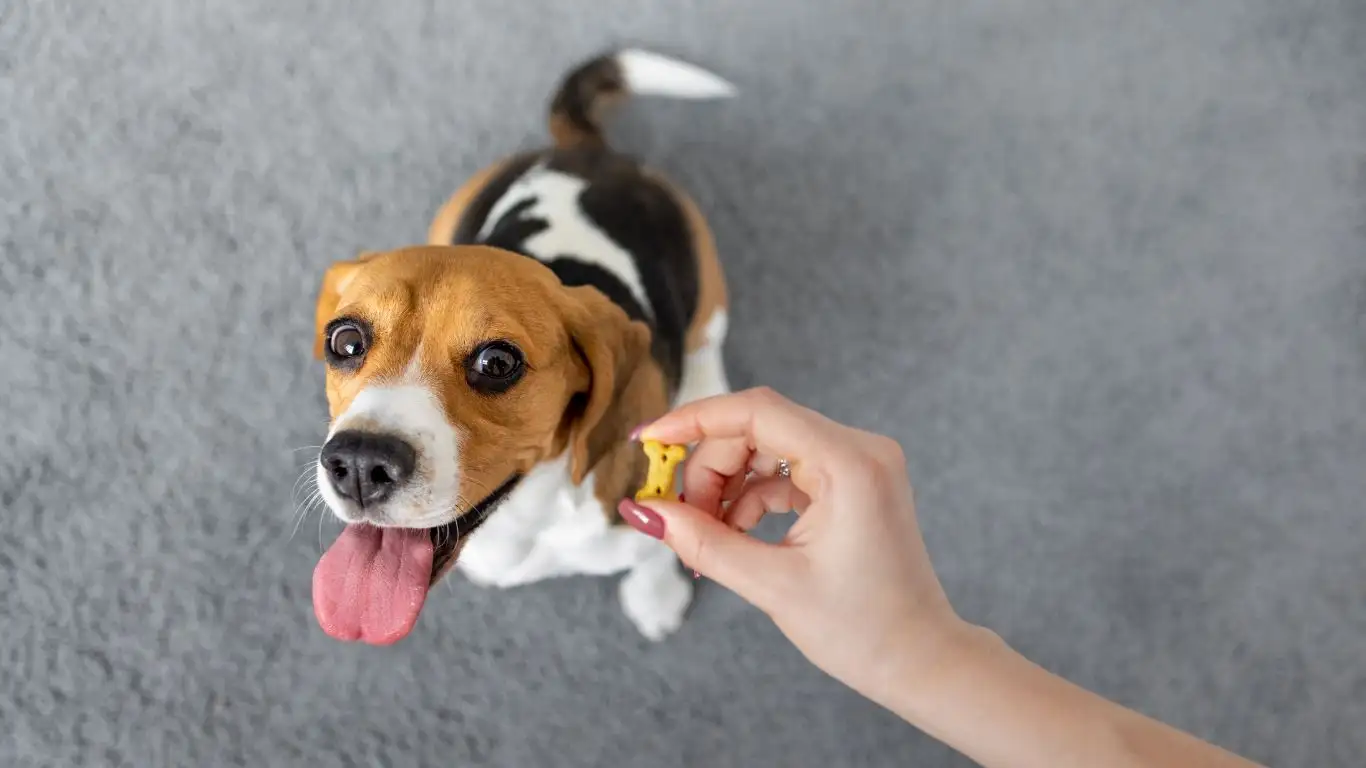
No dog is perfect, and training isn’t always smooth sailing. Here are some common issues and how to tackle them.
Jumping on People
Dogs jump to say hello, but not everyone appreciates a paws-to-chest greeting. To stop this behavior:
- Ignore your dog when they jump (no eye contact, no talking, no touching).
- Reward them when they keep all four paws on the ground.
- Teach an alternative behavior like sitting when greeting people.
Excessive Barking
Barking is normal, but excessive barking can be frustrating. To reduce it:
- Determine the cause—boredom, fear, excitement?
- Redirect their energy with mental and physical stimulation.
- Teach a “quiet” command using positive reinforcement.
Chewing Everything in Sight
Puppies and even some adult dogs love to chew. Instead of scolding, try this:
- Provide plenty of chew toys.
- Use bitter spray on furniture if needed.
- Redirect them to an appropriate item when they start chewing something off-limits.
Building a Stronger Connection Through Training
Training isn’t just about commands—it’s about communication and trust. The more you work with your dog, the deeper your bond will become.
Taking Training to the Next Level: Advanced Commands and Tricks
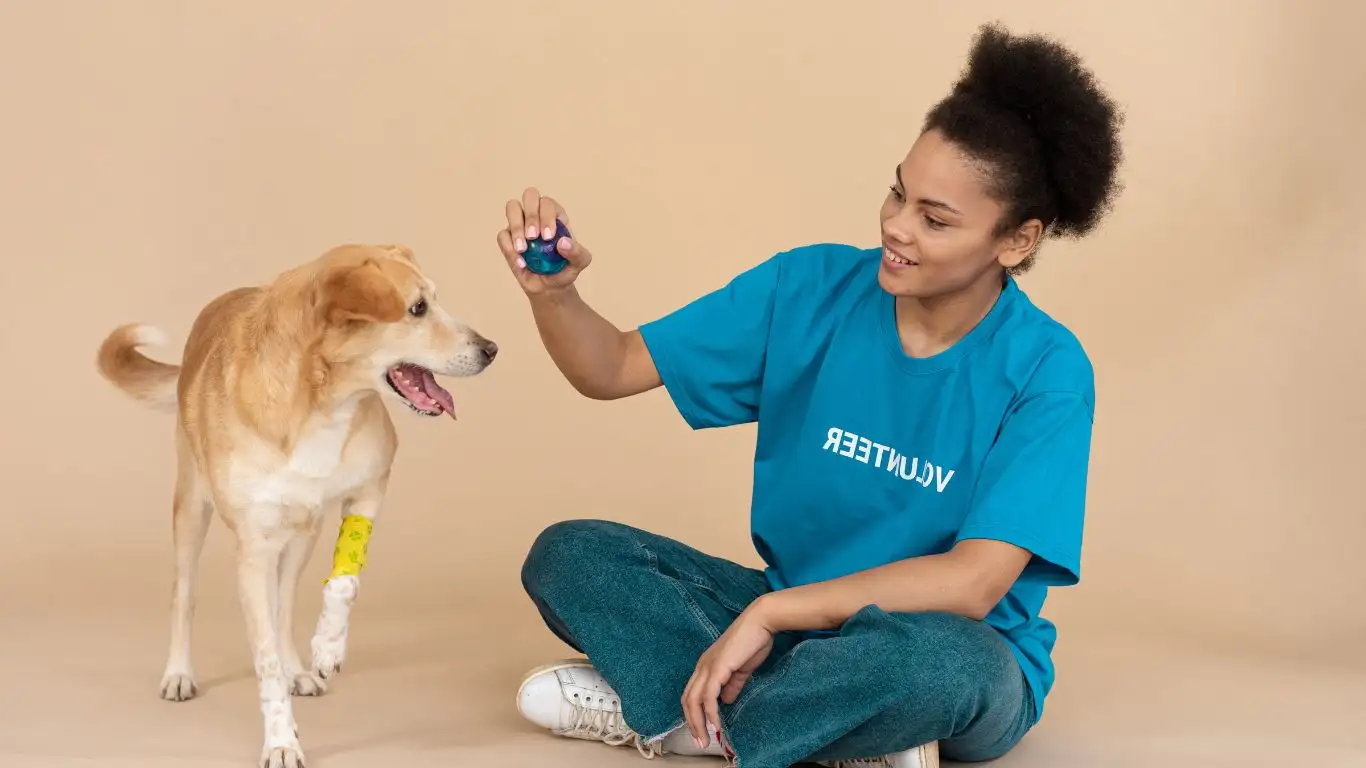
Once your dog has mastered basic commands, it’s time to step things up a notch! Advanced training not only keeps your dog mentally engaged but also reinforces their discipline. I love teaching dogs new tricks—it’s amazing to see their confidence grow. Plus, who doesn’t love showing off a well-trained pup?
Teaching “Leave It” for Safety
The “Leave It” command is a must-have, especially for those curious pups who love grabbing things they shouldn’t. I’ve seen this command prevent everything from stolen food to dangerous objects being swallowed.
- Hold a treat in your hand and show it to your dog without letting them take it.
- Say “Leave It” and wait for them to back off.
- Once they stop trying to grab it, reward them with a different treat.
- Practice with various objects until they learn to ignore temptations on command.
Tip: Always reward with a different treat than the one they were told to leave. This makes the game more rewarding for them.
Fun Tricks: Shake, Roll Over, and Play Dead
Beyond essential commands, teaching fun tricks like “Shake,” “Roll Over,” and “Play Dead” can be a great way to bond with your pup. Here’s a simple way to teach “Shake”:
- Ask your dog to sit.
- Hold a treat in your closed hand and let them sniff it.
- When they naturally paw at your hand, say “Shake” and reward them.
- Repeat until they associate the word with the action.
Training in Real-Life Scenarios

It’s one thing for your dog to listen at home, but what about in the real world? That’s where proofing comes in—teaching your dog to obey commands even in distracting environments. I can’t stress this enough: a well-trained dog isn’t just about skills, but about reliability in any situation.
Practicing in Different Locations
Dogs don’t automatically generalize commands across different environments. You might have a rockstar at home, but take them to a park, and suddenly they “forget” everything. Here’s how to fix that:
- Start training in a quiet location, then gradually add distractions.
- Practice in different settings—parks, sidewalks, pet-friendly stores.
- Use higher-value treats in more distracting environments.
Teaching Calm Behavior Around Other Dogs
Many dogs get overly excited (or nervous) when they see other dogs. Here’s how to keep their focus on you:
- Start at a distance where your dog notices other dogs but doesn’t react.
- Use treats to keep their attention on you.
- Gradually move closer over time while reinforcing calm behavior.
Tip: If your dog is reactive, avoid letting them practice bad habits. Create distance and redirect their focus before they get too worked up.
Keeping Training Sessions Fun and Effective
Training should never feel like a chore—for you or your dog. The key is to keep sessions short, positive, and engaging. I always say: if you or your dog are getting frustrated, it’s time for a break.
Signs Your Dog Needs a Break
Overtraining can lead to frustration. Watch for these signs:
- Your dog stops responding or seems distracted.
- They yawn or lick their lips (a sign of stress).
- They walk away or show disinterest.
When in doubt, keep sessions to 5-10 minutes and end on a positive note!
Final Thoughts on Dog Training
Training a dog to follow basic commands isn’t just about obedience—it’s about building trust, communication, and a lifelong bond. Whether you’re teaching the basics or working on advanced skills, the key is consistency, patience, and making it enjoyable for both of you.
For more dog training resources, visit American Kennel Club or ASPCA for expert-backed guidance.
Disclaimer
This article is for informational purposes only and does not replace professional dog training advice. If you’re dealing with serious behavioral issues, consider consulting a certified trainer or animal behaviorist.
